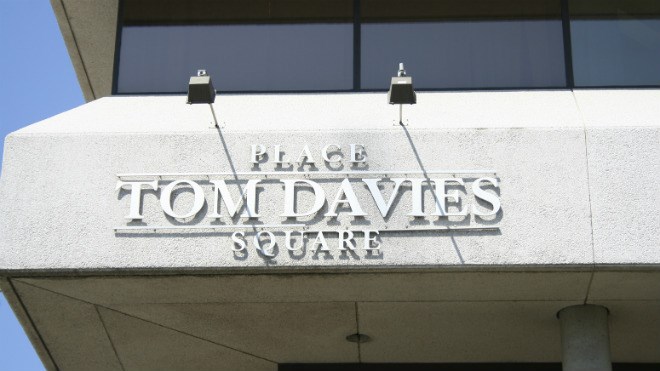A classic battle over a building proposal that conforms to provincial and city planning rules, but is fiercely opposed by residents, will be heard by the province's Local Planning Appeals Tribunal in May.
Dalron Ltd. has been trying to get approval for a major subdivision on Howey Drive since 2011, when the planning committee rejected it. That plan called for as many as 705 units, which the committee feared was far too much traffic to add to Howey, a street already near capacity.
In 2012, the company submitted a scaled-back version of its plan, consisting of 192 units to be built in stages, likely 25-40 lots at a time. Dalron agreed to share the cost of road improvements to accommodate the full development, which was estimated at the time to be $50 million. City planning staff evaluated the plan and said it conformed to city and provincial planning rules.
But in front of a council chambers full of residents bitterly opposed to the plan, and citing concerns about the 3,500 vehicle trips a day the full project would eventually add to Howey, the committee voted 3-2 against the proposal.
The late Dave Kilgour, then councillor for Ward 7, said at the time Dalron would likely win if it appealed to the Ontario Municipal Board, the LPAT predecessor.
A similar case, in which staff said a proposal followed planning guidelines, but was rejected by the committee anyway, took place on Moonglo when a proposal to build a seniors' complex was rejected by councillors, but approved by the OMB.
In other cases, community groups have fought projects approved by the committee, such as a 147-unit development on Keast Drive, and an eight-unit apartment building in Minnow Lake. In those cases, the OMB ruled in favour of the developer.
The root of many of these conflicts is the tension between provincial and local planning policies encouraging infilling – more people living closer together. The goal is to make city infrastructure more affordable by having more people using existing services, and to fight climate change by reducing the amount of travel and making services such as transit more viable.
But intensification is a particularly tough sell in a place such as Greater Sudbury, a sparsely populated community where many people value the wide open spaces around their homes and won't give them up without a fight. It puts the planning committee in the position of either approving developments in the face of strong and organized neighbourhood opposition, or rejecting them knowing they will face a costly – and likely losing — battle at the LPAT.
Negotiations between the city and Dalron have been taking place since the company launched its appeal in 2013, and so little activity had taken place, the OMB dismissed the appeal in 2016.
But Dalron successfully appealed that decision, and the case will be heard in Sudbury on May 25, beginning at noon.
